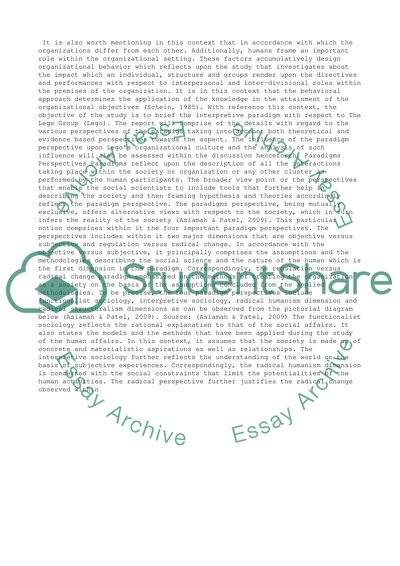Cite this document
(“Analysing Organization Essay Example | Topics and Well Written Essays - 3000 words”, n.d.)
Analysing Organization Essay Example | Topics and Well Written Essays - 3000 words. Retrieved from https://studentshare.org/business/1474163-analysing-organization
Analysing Organization Essay Example | Topics and Well Written Essays - 3000 words. Retrieved from https://studentshare.org/business/1474163-analysing-organization
(Analysing Organization Essay Example | Topics and Well Written Essays - 3000 Words)
Analysing Organization Essay Example | Topics and Well Written Essays - 3000 Words. https://studentshare.org/business/1474163-analysing-organization.
Analysing Organization Essay Example | Topics and Well Written Essays - 3000 Words. https://studentshare.org/business/1474163-analysing-organization.
“Analysing Organization Essay Example | Topics and Well Written Essays - 3000 Words”, n.d. https://studentshare.org/business/1474163-analysing-organization.


